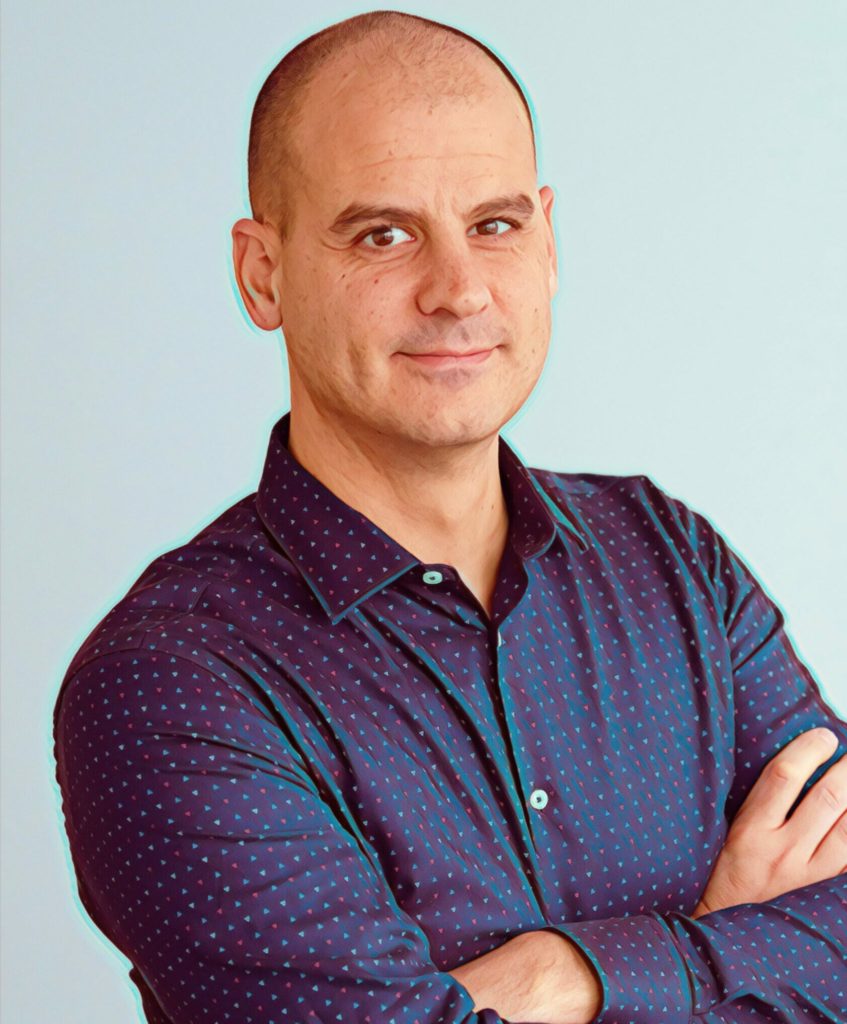
Technology has drastically changed the way we consume information in our daily lives. That goes for healthcare information, too. Dated, static educational pamphlets featuring dense explanations of illnesses and medical procedures just won’t cut it anymore. Most patients now have a smartphone and the internet right in their pocket or readily accessible at home, and patients expect, and deserve, to receive healthcare information that speaks their language, both literally and figuratively.
Historically, a lack of patient empowerment has been a struggle in healthcare. The ubiquity of modern technology offers new opportunities for improving the patient experience, however, it also creates new challenges as patients interact with their providers digitally. According to the U.S. Department of Education, 80 million people have low health literacy, with more than 65% of that group coming from minority communities. Providers and healthcare companies have a responsibility to translate complex health facts and figures, which patients need to learn about and manage their conditions or to prepare for a procedure, into appealing digital content that’s approachable, dynamic, and above all, interactive to address this gap in health literacy.
The preference for this kind of digital content is clear given the popularity of TikTok which hosts a rapidly growing body of content focused on healthcare. A quick search will discover that posts tagged with #DoctorsofTikTok have 8 billion views. Using this hashtag, approachable doctors dispense advice on everything from weight loss to cancer treatments. The demand for health information content is always increasing and the a recent survey found that 65% of adults use search engines and social media. The same survey found that 1/3 of Gen Z’ers consult TikTok for their health information.
With healthcare consumers leaning into digital and social for health information, it is critical for healthcare providers to embrace this trend given that provider visit. This gap in patients getting what they need from their traditional providers shows the importance of providing vetted education materials in a desirable and useful format, including video. In fact, that same survey found that if this information was provided by providers, 94% of patients would be likely to access these resources.
There are three key benefits to leaning into digital to address this gap:
One, providing vetted healthcare information in a format that consumers prefer can help divert patients from sources wrought with misinformation to more trustworthy and curated sources – their healthcare provider. This content can be delivered directly to patients via custom apps, web portals, emails, text message campaigns, and more.
Two, using this format also has the advantage of being able to leverage behavioral science, human-centered design, and even the power of AI to create solutions that feel custom-made for every unique patient – almost a “for you” page with vetted health information. Content is instinctive to use and simple to navigate. And importantly it delivers information clearly, in multiple languages and formats so that as many patients as possible can successfully engage and digest the information.
And three, the content is ready to be used by a diverse set of users. Imagery showcases people with a wide variety of skin colors, facial features, hair textures, body types and shapes to be more medically accurate. Complex medical terms can be translated into the patient’s primary language for better understanding. The imagery also reflects a broad variety of ages, abilities, and relationships. The result is content that engages rather than alienates while improving the likelihood that messages will be received and understood by the patients who need it. Digital approaches can also better support patients that are deaf, blind, or have other access barriers by using closed captioning, screen readers, and other tools.
As our world continues to face health challenges, both ongoing (like the movement for improved health equity) and unprecedented (like the global COVID-19 pandemic), information needs to be delivered in fresh and agile ways. Interactive content rises to this challenge. A library of interactive engaging health content can be easily enhanced with new features, ensuring the latest and greatest information is always available, created using up-to-date research and the latest best practices.
In today’s technology-driven society, information’s never been easier to access. It’s up to healthcare companies to rise to this occasion, helping patients become active participants in their own health journeys through engaging video-centric educational content that puts their needs and preferences first.
About John Vivoda Senior Director, Patient Strategy and Product Management
John Vivoda has almost 20 years’ of experience in Healthcare product strategy and management with a focus on enhancing patient adherence and engagement. Prior to joining Wolters Kluwer Health in 2019 as the lead on Emmi, a market-leading and award-winning Patient Engagement solution, he held roles with market leaders including AllScripts, Johnson & Johnson, and Cerner.

